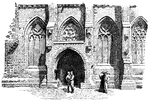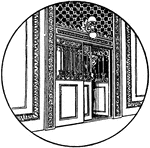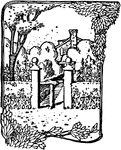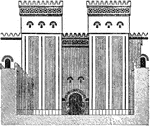Clipart tagged: ‘entrance’
Architrave of Entablature over Doorway at the Great Temple at Philæ
An entablature refers to the superstructure of moldings and bands which lie horizontally above columns,…

Treasury of Atreus Doorway
The Treasury of Atreus or Tomb of Agamemnon is an impressive "tholos" tomb at Mycenae, Greece (on the…
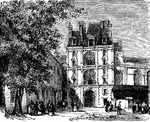
Chateau of Fontainebleau
Located about 55 kilometers from Paris, it is one of the largest French royal chateaus. Pictured is…

Cornice of Entablature over Doorway at the Great Temple at Philæ
An entablature refers to the superstructure of moldings and bands which lie horizontally above columns,…
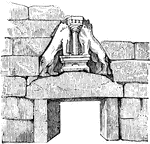
The Lion Gate at Mycenæ
Remains of the circular walls round towns and palaces, which are known under the name Cyclopean, exist…

Gate of the Lions
The Gate of the Lions is located in Mycenae, Greece. It was the entrance to the city. On top of the…

Entrance to a Pagoda
Nothing reliable can by adduced concerning the age of the existing structural temples of India, which…
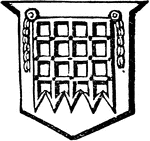
Portcullis
"PORTCULLIS. A grating suspended by chains, used to defend the entrance to a castle." -Hall, 1862
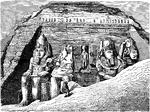
Entrance of the Great Temple at Abu Simbel
Four colossal 20 meter statues of the pharaoh with the double crown of Upper and Lower Egypt decorate…
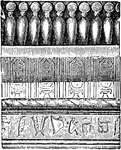
Great Temple at the Island of Philæ
The Temple of Debod is an ancient Egyptian temple which was rebuilt in Madrid, Spain. The temple was…

